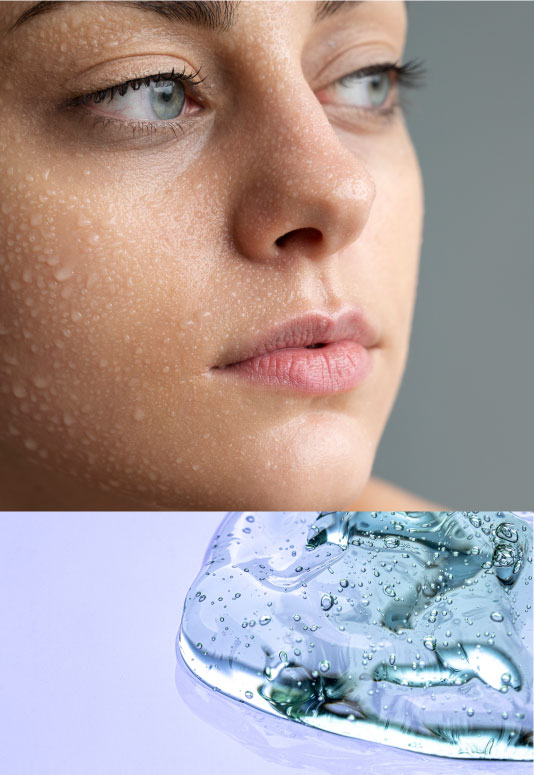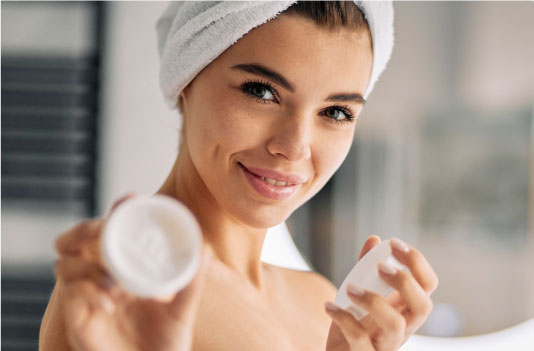What is glycerine and what is it used for?
We are going to tell you what glycerine is and what it is used for. Discover its properties and benefits to improve your personal care routine. Don’t miss out!

Glycerine, also known as glycerol, is a naturally arising organic compound that is commonly found in vegetable and animal oils. It is known for its multiple uses in the cosmetics industry due to its skin hydrating, moisturising and protective properties. We are going to take a look at the different cosmetic uses of glycerine and how we can benefit from it by including it in our personal care routine.
Properties of glycerine
Glycerine is a viscous, colourless, odourless liquid with a sweet taste. It is highly soluble in water and is capable of attracting and retaining moisture. These qualities make it the ideal ingredient for skin and hair care products. Its main properties are:
Hydrating: it attracts water towards the outer layer of the skin, helping to keep it hydrated.
Moisturising: it prevents the loss of moisture from the skin by creating a protective barrier.
Emollient: it softens and smoothens the skin, improving its appearance and texture.
Protective: it helps to protect the skin from irritation and harm caused by environmental factors.
Cosmetic uses of glycerine
- Hydration of the skin
Glycerine is an essential component in many hydrating products, such as creams, lotions and serums. Its ability to attract and retain water makes it especially effective in keeping our skin hydrated. It is particularly beneficial for dry and dehydrated skin, helping to restore its balance.
- Treating of dry and cracked skin
Glycerine is widely used in products for treating dry and cracked parts of the body, such as hands, elbows and feet. Its moisturising and emollient action helps to smoothen rough skin and repair cracks, providing quick, effective relief.
- Anti-ageing products
Thanks to its hydrating capacity and its ability to restore our skin’s elasticity, glycerine is a common ingredient in anti-ageing products. It helps to reduce thin lines and wrinkles, giving our skin a younger, healthier look.
Haircare
Glycerine in hair products is used to hydrate and condition the scalp and hair follicles. It can help to reduce dryness, frizz and split ends, leaving our hair softer and more manageable.
- Personal hygiene products
Glycerine is found in a variety of personal hygiene products, including soap, shower gel and toothpaste. It is a moisturiser and helps to maintain the moisture and consistency of the product.
- Makeup
Glycerine is also used in makeup formulae such as foundation, corrector and eyeshadow. Because it is able to retain moisture, those products can be applied more smoothly and uniformly, and they can also remain on our skin longer without drying it out.


How to use glycerine at home
Pure glycerine can be used in several ways at home to improve your personal care routine:
Moisturising face mask: mix some glycerine and honey together, and then apply the mixture to your face. Leave it on for between 15 and 20 minutes before rinsing it off with warm water.
Hair conditioner: add a few drops of glycerine to your usual conditioner for extra hydration.
Face tonic: mix some glycerine with rose water to make a hydrating, refreshing face tonic.
Hand and foot care: apply a few drops of glycerine to the dry areas and gently massage it in to soften the skin.
What do you think about?
Share comments, opinions and tricks with the Community







